Hot off the press, the ID.4 is Volkswagen’s first all-electric SUV. It comes a year after the worldwide success of the VW ID.3 hatchback, which received TotallyEV’s Best Buy award for its affordable price and its impressive real-world 230-mile electric driving range.
The ID.4 is largely similar to its smaller sibling, where the vehicle’s interior design is indistinguishable from the ID.3, and under the hood, it uses a similar motor configuration.
If you’d prefer to watch a review of the Volkswagen ID.4, head on over to our YouTube channel.
VW ID.4 price & competition
At the time of writing, the Volkswagen ID.4 is solely available with an 82 kWh (77 kWh net) battery pack, which has a claimed WLTP range of up to 323 miles; much like the ID.3, this is denoted via the ‘Pro Performance’ badge. The ‘Pure’ and ‘Pure Performance’ models that house a smaller 52 kWh battery pack are set to launch soon – they’ll have a WLTP range of 213 miles.
Aside from its battery capacity, the ID.4 is available in different trims: 1st Edition at £40,800; Life at £41,570; Family at £45,520; Max at £49,990. It costs roughly 23% more than its smaller sibling – the ID.3 Life Pro Performance starts from £31,290.
There are a variety of different ‘packs’, which ultimately define the model and the asking price of said trim, the breakdown of each can be seen below (click to expand):
No matter which model you opt for, all the 82 kWh (77 kWh net) variants have a rear-mounted motor that dispatches 150 kW (201 hp) of power, 310 Nm of torque and are claimed to attain 62mph from a standstill in 8.5 seconds.
The 52 kW Pure Performance model has a motor that outputs 125 kW (168 hp) of power, 310 Nm of torque and is claimed to attain 62mph from a standstill in 9 seconds. Move to the 52 kWh Pure variant, and these figure drop to 109 kW (146 hp), 220 Nm and 10.9 seconds, respectively.
Buy a car phone mount on Amazon (Affiliate)
All the aforementioned models operate on a rear-wheel-drive system, however, Volkswagen has also announced the ID.4 GTX, which is set to be VW’s first all-electric vehicle to operate on an all-wheel-drive system. The more expensive SUV will have two motors, one on each axle, where combined they’ll produce 220 kW (295 hp), get to 62mph in 6.2 seconds and have a claimed range of 300 miles on the WLTP test cycle. It’s expected that this model will start from £50k.
As for its competitors, there are a few to consider: the MG ZS EV starts from £26,095; the 39 kWh (180 miles WLTP) Kia e-Niro ‘2’ at £30,345 and the longer-range (282 miles WLTP) e-Niro ‘2 64’ at £32,445; there’s the Hyundai Kona Electric that starts from £27,950 for the 180-mile WLTP variant, with the 282-mile WLTP model coming in at £32,550. There is also the Citroen e-C4 (217 miles WLTP), which starts from £30,895 and the Peugeot e-2008 from £30,730 (206 miles WLTP). You’ve also got the Mazda MX-30 SE-L Lux that costs £26,715 (124 miles WLTP). You’ve also got the MG5 EV, an all-electric estate with a claimed range of 214 miles at £25,095.
Past these, you’ve got a few premium all-electric SUVs, such as the Audi e-tron at £62,025; the Jaguar I-Pace at £65,245; the Mercedes EQC at £65,720; and the Tesla Model X at £98,980.
Read next: Volkswagen ID.3 review: The best electric hatchback?
VW ID.4 exterior review
From the exterior, the ID.4 is reminiscent of the ID.3 with its slightly curvy profile, and also reminds us of a few of Volkwagen’s other vehicles – the T-Roc, Tiguan, Touareg and even the VW Beattle.
No matter how you associate the ID.4, we think it looks fantastic and find it easier on the eyes than the ID.3. It has a muscular design, with its flared bonnet, rippled front bumper and stylish alloys. As standard, the SUV comes with 19″ rims. Pictured are the ‘8J x 20″ Drammen Black diamond-turned’ alloys, while 21″ alloys are also an option.
Speaking of its side profile, the automaker has opted for plastic wheel arches and sideskirts. Normally, we find these detract from the aesthetics but in this instant, they don’t protrude from the SUV’s shell and doesn’t cramp the ID.4’s style.
The manufacturer’s choice of plastic also extends to the rear, where you’ll be treated with an oversized plastic bumper. Yet again, it doesn’t lessen the vehicle’s stance on the road and coupled with a rather modern taillight design that stretches the width of the boot, the use of plastic is quickly forgotten.
At the top of the SUV, you’ll find built-in roof rails, which can be handy for those transporting larger-sized goods. In terms of colour options, the non-1st Edition models come in Moonstone Grey. Should you want a metallic finish, such as Glacier White, Manganese Grey, Scale Silver or the pictured Blue Dusk it’ll cost £635.
Elsewhere, the automaker has tried to maximise aerodynamic efficiency by integrating flat door handles. Unlike some of its competitors, these are pretty intuitive to use, where a button found within the groove releases the door’s mechanism. However, the same couldn’t be said about its rather large-sized wing mirrors that protrude from the vehicle’s shell.
Read next: Genesis Electrified GV70 review: Better than Audi?
VW ID.4 interior review
Moving onto the interior of the vehicle, the ID.4 shares many similarities to its smaller all-electric hatchback. This might alienate consumers who are accustom to a traditional cabin layout, especially given the automaker’s decision to eradicate physical buttons and knobs from the dashboard.
Indeed, all of the traditional controls have been replaced by capacitative buttons or sliders. This also includes the removal of two levers by the driver’s door that are used to operate the rear windows. Instead, you’ll have to tap on the ‘Rear’ button then use the appropriate front levers to control the respective rear windows. It is, to us, a little cumbersome to operate.
The same could be said about the volume and climate controls that are located below the 10″ infotainment system (12″ display on the Max trim). These are rather unintuitive to use if you tend to wear gloves or have wet fingers. Likewise, the quick-access buttons to parking, climate, vehicle assistance and drive mode selection require a capacitative touch input. There are no physical headlight controls, either. Instead, these have been replaced with few touch-based buttons found by the driver’s side door.
The dissimilarities between a conventional vehicle don’t stop there, as the manufacturer has integrated a pressure sensor within the driver’s seat that powers on the vehicle once the main occupant is sat down; pressing down on the foot brake turns on the vehicle’s ignition.
This might seem intuitive to those stepping in or out of the vehicle, but should you have other occupants, this could be a major inconvenience. Indeed, each time the driver steps out of the vehicle, it powers down – this includes the climate and the infotainment system, too.
Even if you were to leave the key fob within the cabin, an occupant will have to reach over to the on/off capacitative button at the centre of the dashboard, or press the physical start/stop button found on the right-hand side of the steering column – not ideal if you have teenagers sitting at the back. We wish the manufacturer had integrated an option to disable this behaviour, but alas there is none.
On a more positive note, the 10″ display supports multitouch input, is vivid and is slightly angled toward the driver, making for a more convenient experience. The infotainment system supports Android Auto and Apple CarPlay, where the former works without a hitch. Two USB Type-C ports can be found within the centre console, allowing you to connect up to the vehicle. The Type-C ports found at the rear of the cabin are for charging purposes only. Bluetooth is also on offer, where the SBC and AAC codecs are supported.
In terms of audio, the ID.4 one-ups the ID.3 by including rear speakers as standard. There are six in total, four at the front of the cabin and two at the rear. If you’d like to hear how it performs, watch our detailed review of the system on YouTube.
On the subject of technology, a 5.3″ display located behind the steering wheel serves as the vehicle’s instrument cluster. Through it, you can view the driver assistance systems that are in operation, your current speed and remaining charge, and can even see navigation data on the right-hand side – it reads data from your connected phone, allowing you to keep your eyes on the road, rather than having to glance at the centre of the dashboard. Should you want to go a step further, a HUD comes as standard in the Max trim.
Interacting with the instrument cluster is pretty intuitive. The buttons found on the steering wheel allow you to swipe across menus, which make it easy to expand or shrink what’s shown on the 5.3″ display. These also generate haptic feedback, which provide a bettered experience.
Next to the display resides a gear selector, which is identical to the one found on the ID.3 and similar to the one housed within the BMW i3. It will take a little while for some to get used to, but once you get the hang of it, flicking to reverse or drive/B-mode becomes second nature. Pressing the button at the side lobs the car into Park.
Read next: Kia Niro EV review: An upgraded e-Niro?
VW ID.4 storage review
The placement of the vehicle’s gear selector is done on purpose – it saves space by the centre console. Here, you’ll find two cupholders, a retractable cover that reveals a convenient place to store your smartphone and a larger-sized bay that can be customised through the use of two removable plastic inserts. Note, the smartphone cradle on the 1st Edition doesn’t support wireless charging but is present on all other trims.
Elsewhere, you’ve got the glove compartment and the door bins, which at the front of the cabin are large enough to fit a 500ml bottle and a purse or wallet. The ones at the rear are a lot smaller. Should rear occupants want to take a hot or cold drink with them, they’ll have to sacrifice the middle seat as there are two cupholders found within the rear armrest.
As for the boot, there’s a whopping 543 litres with the seats up and with them put down, this figure extends up to 1,575 litres. This trounces the ID.3’s 385 and 1,267-litre capacity. If you felt storage space was limited with the hatchback, it certainly isn’t an issue with the ID.4. Furthermore, there’s a compartment for your charging cables under the boot floor. It’s a complaint we had of the ID.3, which omits this feature that we feel is useful for EV owners.
Its cargo capacity betters most of its all-electric counterparts: Tesla Model Y (854/2,100 litres); Skoda Enyaq iV (585/1,710 litres); VW ID.4 (543/1,575 litres); Kia Niro EV (475/1,392 litres); Peugeot e-2008 (434/1,467 litres); MG ZS EV (448/1,375 litres); Kia Soul EV (315/1,339 litres); Citroen e-C4 (380/1,250 litres); Hyundai Kona Electric (332/1,114 litres); Vauxhall Mokka-e (310/1,060 litres). As for the MG5 EV estate, it offers 479 and 1,367 litres, respectively.
However, it’s not all rosy, as the tailgate isn’t electric – at least, it wasn’t present nor offered as an option on the 1st Edition model. This causes a problem for shorter individuals wanting to access the boot – its hatchback design makes it almost impossible for 5-foot (152.4cm) individuals to close the boot with ease; the handle is at an arm’s reach for someone whose 6-foot (182cm) tall. It’s also rather heavy and requires a bit of force to close shut. Elsewhere, the boot release button is quite far down; it’s positioned just above the number plate. So it’s a bit of a catch-22: if you’re tall, you’ll have to lean down to open the boot, but won’t have any issues closing it and vice-versa if you’re shorter.
As for the boot itself, it’s not flat and has a raised boot lip. If you are to pop down the rear seats, you’ll also find a rather steep step between the back of the rear seats and the boot floor. There’s also no convenient release to drop down the seats – you’ll have to make your way around to the back of the cabin to press the release latch.
On the plus side, the seats do have a 60/40 split and have a ski latch at the centre, allowing you to transport two rear occupants and elongated goods. There’s also plenty of fixing points, hooks and even a 12V socket in the boot.
Read next: Skoda Enyaq iV review: The Volkswagen ID.4 alternative
VW ID.4 comfort review
When it comes to comfort, the ID.4 is up there with the very best. The seats are made of an ArtVelours microfleece material, which not only feels good but looks the part with its off-grey and brown finish.
The four main seats of the ID.4 are all comfortable, with the front two being manually adjustable. Much like the ID.3, it’s a shame not to see electronically adjustable seats as standard – they aren’t even an option; only the ID.4 Max integrates an electric 12-way and manual 2-way, massage and memory function.
On the plus side, both the front seats and steering wheel are heated on all trim levels. Front occupants also have a pulldown armrest by the centre console, which further bolsters the vehicle’s comfort.
When it comes to headroom, the SUV offers exceptional amounts of room. Both at the front and rear of the cabin, 6-foot 4-inches (193cm) individuals won’t feel henned in. Legroom is excellent too, where at the rear, most will be able to fully stretch their legs. On that note, the rear seats are slightly angled, meaning your knees will sit a little further up than your pelvis. However, given there’s plenty of room at the rear of the cabin to stretch your legs, this becomes a non-issue.
As for cabin noise, there’s very little exterior noise that creeps into the cabin. While it won’t compete with the likes of the Honda e, the Audi A8 or Audi e-tron, it’s surprisingly well insulated for an SUV with larger-sized tyres – 235/50 R20 in our tested model.
Read next: New MG ZS EV review: Still the best budget electric SUV?
VW ID.4 performance review
Very much on this notion, the vehicle’s suspension setup combined with the choice of tyres creates a comfortable driving experience in and around the city – potholes and speed bumps can be driven over without causing a stir. However, the same couldn’t be said about the driving experience on country roads, where the ID.4 suffers from a bit of body roll. It’s unsurprising given the SUV’s driving height and its vehicle class, but coming from the ID.3, the hatchback provides a far superior feel of the road.
The same could be said about the ID.4’s steering wheel, which feels a little disconnected from the front axle. Even in its ‘Sport’ setting that tightness up the steering wheel’s response, you’ll feel a little unsure when lobbing it around country roads at speed. Yet again, the same couldn’t be said about the smaller ID.3, which excels in this domain.
On the plus side, the rear-wheel-drive system – on the non-GTX models – is faultless. The SUV grips the road well, and when launched at speed from a standstill, you won’t experience any wheel spin; the same couldn’t be said about its rivals that opt for a front-wheel-drive system instead.
The ID.4, much like the ID.3, houses a permanently excited synchronous motor (PSM) on the rear axle. The motor dispatches 150 kW (201 hp) of power and 310 Nm of torque. Using Racelogic’s Vbox Sport, we clocked a 0-60mph time of 7.31 seconds. Top speed is limited to 99mph. While it’s not as nippy as the 330kg lighter ID.3 equivalent, it’s still plenty fast and fun to drive given it has a 50:50 weight distribution.
While driving an EV is certainly fun, the biggest concern for most coming from a vehicle that houses an internal combustion engine (ICE) is driving range. Volkswagen claims its 82 kWh (77 kWh net) battery pack can yield up to 323 miles, but from our mixed driving tests, we found the ID.4 nets closer to the 260-mile mark. This figure might seem impressive to most, but it’s not until you look at its competitors or even its smaller sibling, where you realise one of the ID.4’s biggest weaknesses is efficiency.
Take the 58 kWh ID.3 Pro Performance that netted 230 miles in the same mixed driving tests; in fact, the ID.3 had its work cut out as it was cold and rainy at the time of testing. If we then look at the 64 kWh variants of the Hyundai Kona Electric and the Kia e-Niro, you’ll find these two SUVs managed between 240 and 260 miles in our tests. Considering these two are roughly £9k cheaper than the ID.4 and house a smaller battery pack, one might think there’s a lack of efficiency.
This could, in part, be due to the lack of an integrated heat pump in our tested model. This is a £1,250 option in all trim levels excluding the Max that has it featured as standard. Both the Hyundai and Kia come with one, and it’s proven to be an intuitive way of conserving energy when the climate controls are enabled. Take the 2021 Tesla Model 3 for example, it now comes with an integrated heat pump and, according to the manufacturer, adds up to 23 miles of range over its predecessor. In the new Long Range variant, we netted a staggering 310 miles from its 82 kWh battery pack.
Effectively what we’re trying to convey, is that a heat pump in the ID.4 might see it push the 300-mile mark and while we can’t affirm how effective it is, we feel it’s a must-have from our prior experience of reviewing EVs.
When it comes to recouping energy back into the battery pack, there’s regenerative braking. Unfortunately, it’s nowhere near as harsh as some of its competitors that allow for a true one-pedal driving approach. This way of driving might not be to everyone’s liking, but having the option to customise the braking level in the Hyundai or Kia SUVs allows for a more personalised experience. Unfortunately, the ID.4 much like its hatchback sibling, only has the singular mode to choose from. Of course, should you prefer to disable 0.25g of deceleration, the feature can be switched off by flicking to D (Drive) on the gear selector.
To recharge the vehicle rapidly, Volkswagen has integrated a 125 kW input via the CCS charging port. This will take you to 80% charge from empty in 38 mins. Opt for a 7.2 kW input via the Type 2 port and it’ll take 11 hours from 0-100% – you can also bring down the time to charge the SUV if you have access to a 3-phase 11 kW power supply.
Read next: Tesla Model Y review: Best electric SUV?
VW ID.4 safety review
Another crucial factor for consumers is safety. Thankfully, the ID.4 excels in Euro NCAP’s rigorous tests scoring 5/5 stars. Safety for Adult Occupants sits at 93%, Child Occupant at an impressive 89% and also scores 85% in the Safety Assist tests.
On the subject of driver assistance systems, the ID.4 integrates an LED strip on the dashboard that helps notify you of any imminent danger. Here, if you fail to stop on time, ‘City Emergency Braking’ and ‘Front Assist’ will kick in to illuminate a red light through said LEDs. The ‘Driver Alert’ system also has fatigue detection, which gives you slight peace of mind.
Adaptive Cruise Control (ACC) also helps take the strain off mundane motorway drives and does a great job in maintaining a safe distance from the vehicle in front of you. However, we did find that it would sometimes pick up slip road signs and unnecessarily decelerate the vehicle. Not what you or the driver behind you want to experience when driving at 70mph.
Elsewhere, we weren’t too impressed by ‘Lane Assist’, which much like the ID.3, is primitive. It’ll only give you a gentle reminder if you’re going off-piste and won’t provide full steering support. Given the price of the ID.4, one might expect a more advanced system to be in operation.
A further annoyance is that the assistance system is enabled by default each time you turn on the vehicle. Given there are no physical buttons on the dashboard, you’ll have to navigate through the infotainment system each time you step foot inside the vehicle – it’s extremely cumbersome for those who don’t want or require lane assist to be in operation.
It’s also disappointing that there’s no blind-spot monitoring system integrated through the vehicle’s LED strip or side-view mirrors. It’s not even an option, so you’ll have to resort to doing it the old-fashioned way by looking over your shoulder.
When it comes to parking, the ID.4 Life comes with front and rear sensors only. While a rear-view camera is included in the other trim levels, it still shouldn’t have been omitted from the base model. Furthermore, the camera’s placement isn’t ideal if you frequently traverse muddy or wet terrain, as it resides just above the number plate.
As for visibility, the side and front windows are very large, where there’s even a small cut-out by the A-pillars making it easy to check your surroundings. However, the rear window is slightly smaller and requires extra attention when reversing.
Read next: Hyundai Kona Electric review: Kia e-Niro alternative?
TotallyEV’s verdict on the Volkswagen ID.4
On the whole, the VW ID.4 is a competent all-electric SUV that one-ups its smaller sibling. Indeed, the ID.4 offers more space and slightly more range over the 58 kWh ID.3. However, considering it’s roughly 23% more expensive, there’s some food for thought where we wouldn’t flat-out recommend it over some of its rivals.
The Hyundai Kona Electric and Kia e-Niro come in at a cheaper price, offer roughly the same amount of range and give you a more familiar in-cabin experience. These two SUVs still get the nod as the best electric SUVs. If you prefer a lowered driving height, you should also consider the MG5 EV estate. However, the Volkswagen ID.4 is supremely stylish from the exterior and still makes for a good all-rounder.
Ultimately, if you had to pick between the Volkswagen ID.4 and the cheaper Hyundai Kona Electric or Kia e-Niro, which one would you choose? Let us know in the comments section below or via social media; we’re on: YouTube, Instagram, Facebook, Twitter and LinkedIn.

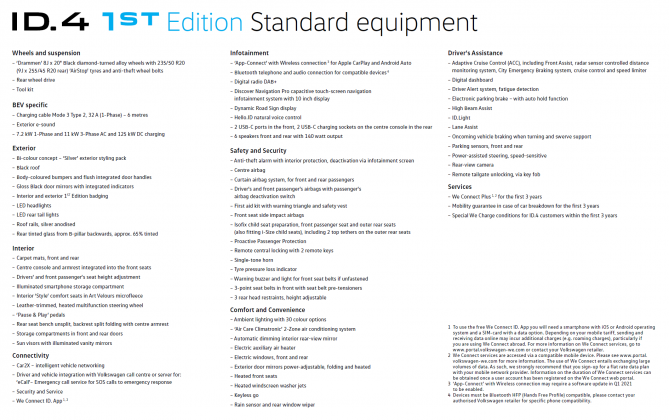
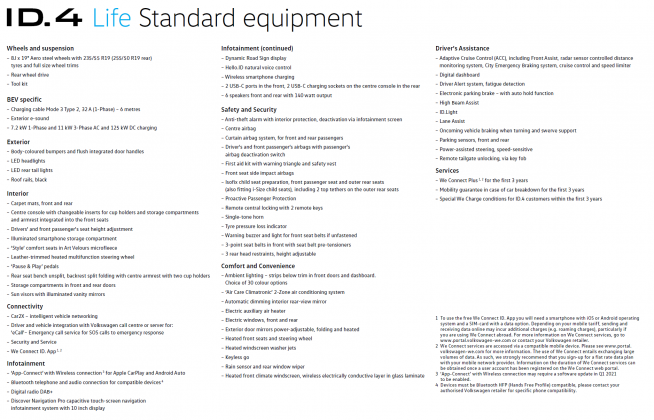
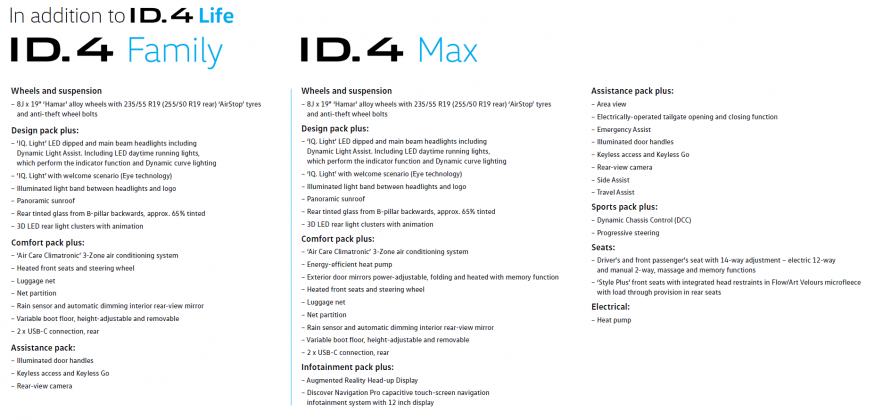

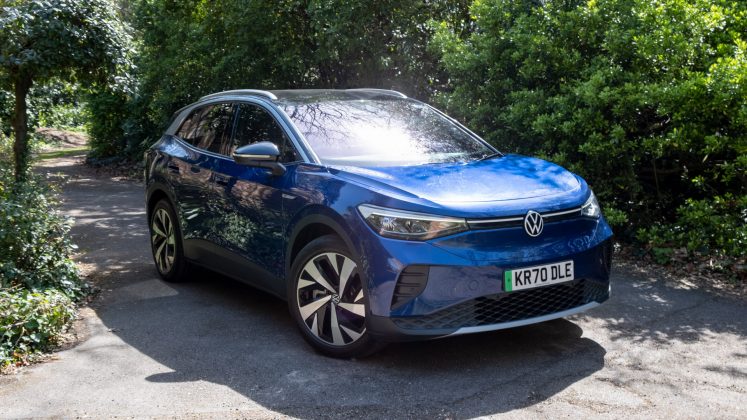
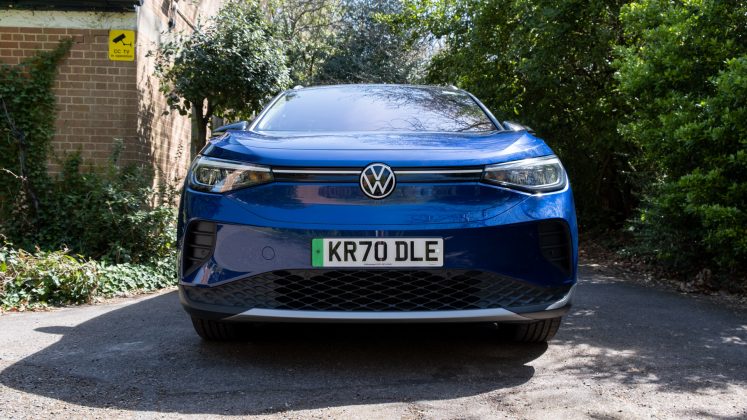
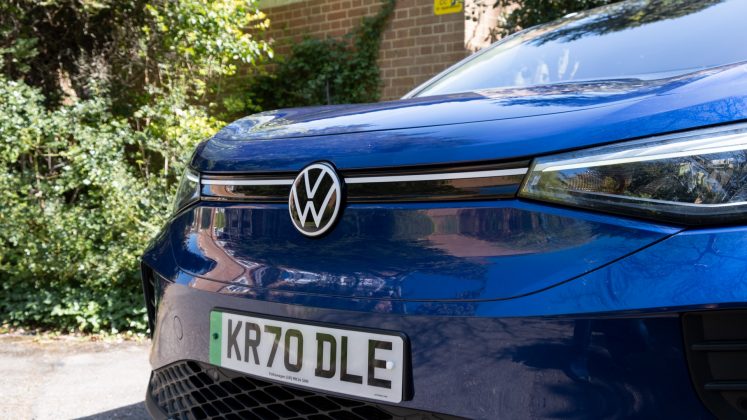
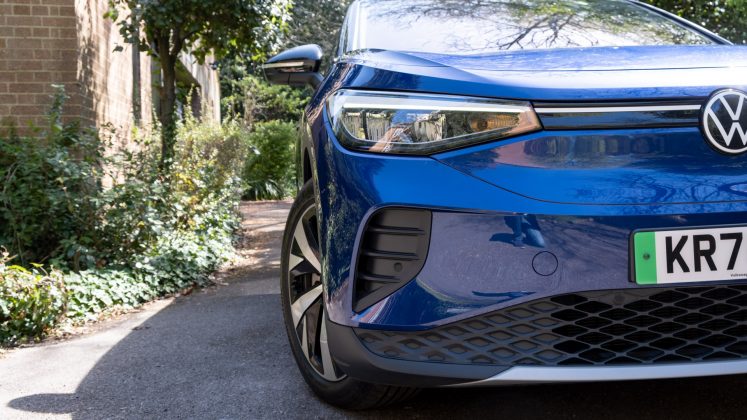
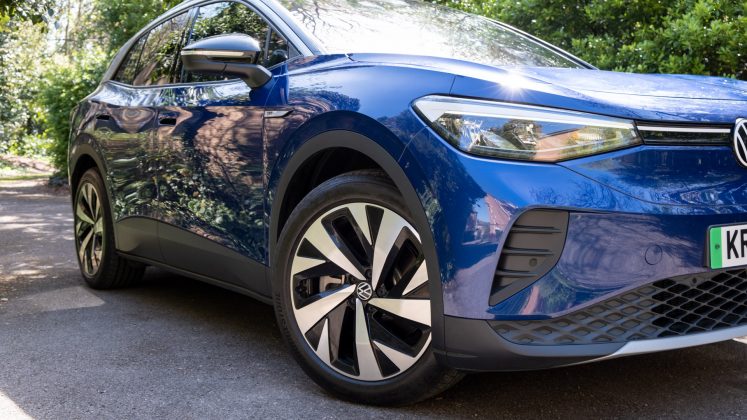
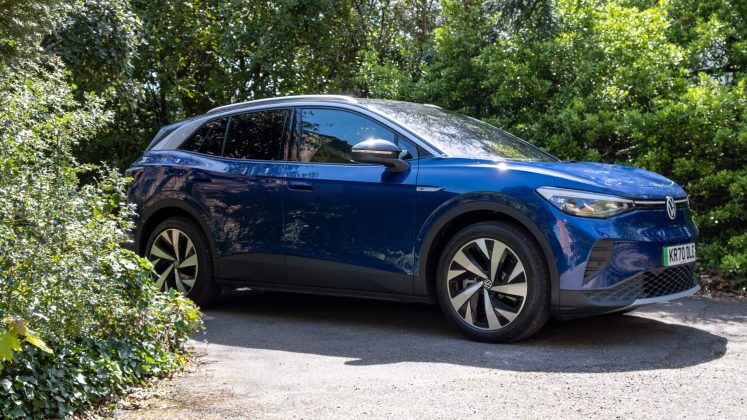
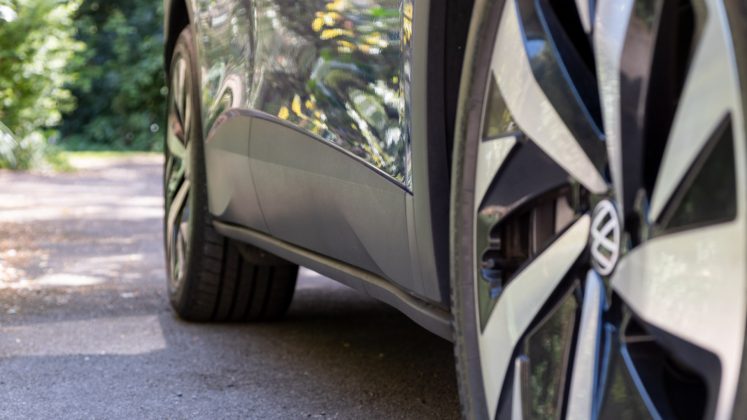
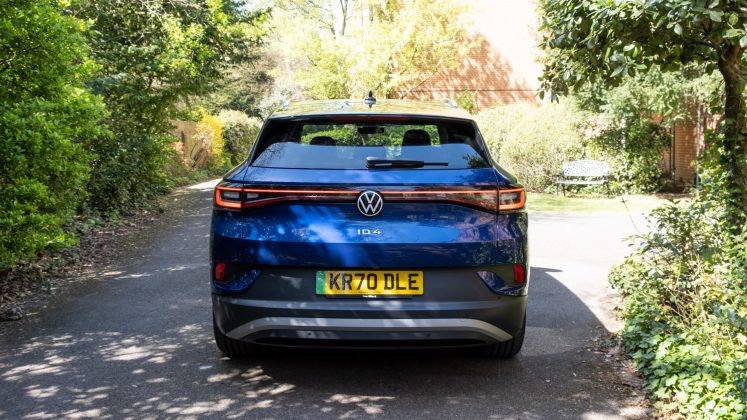
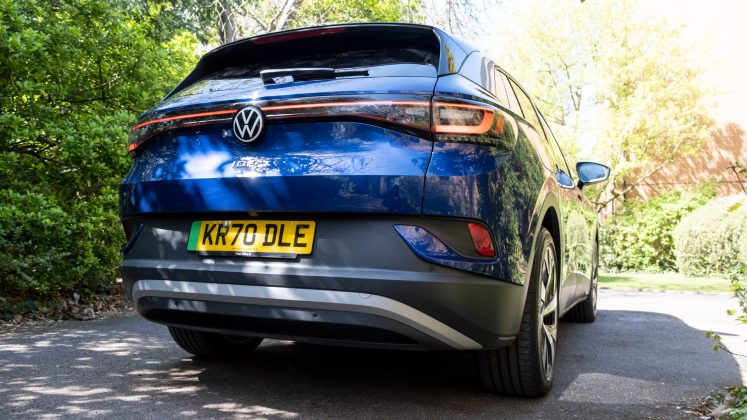
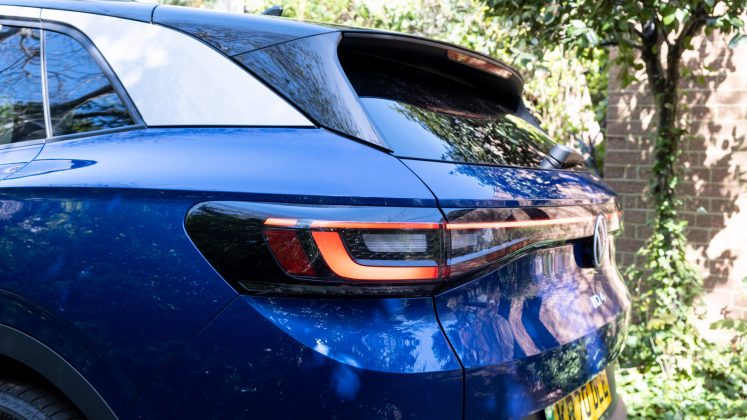
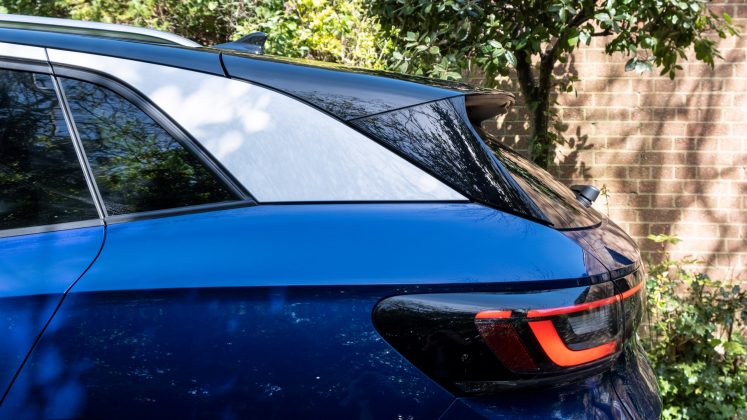
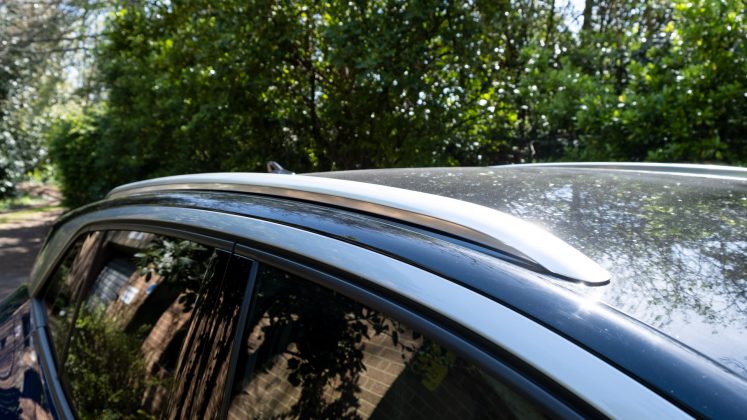
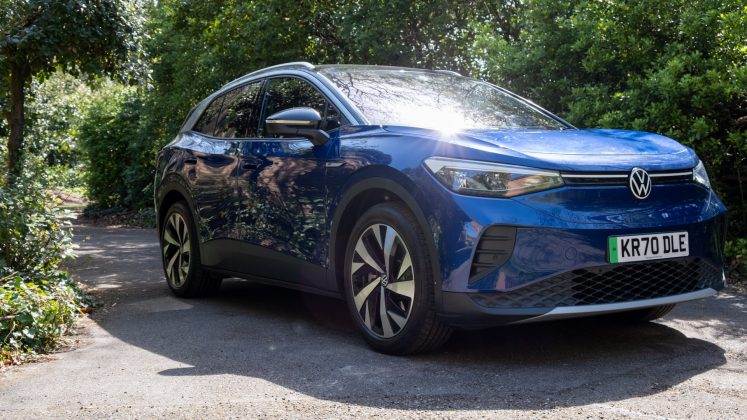
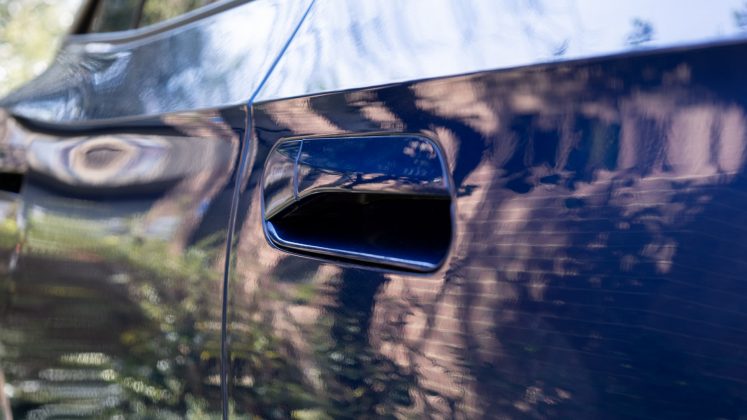
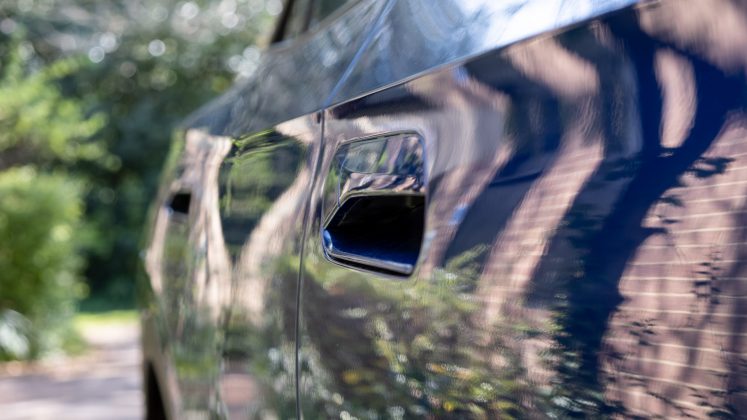
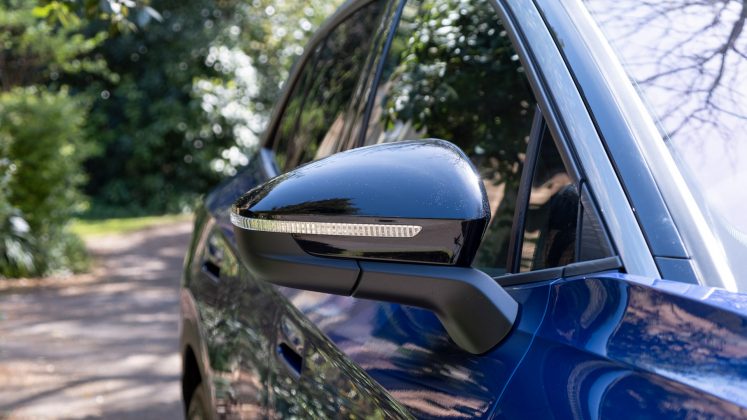
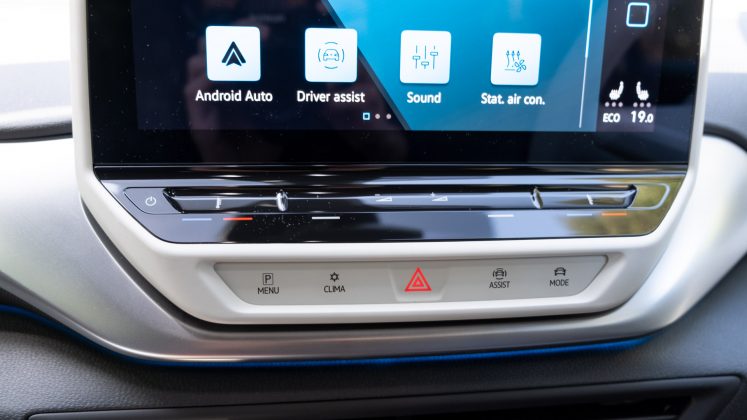
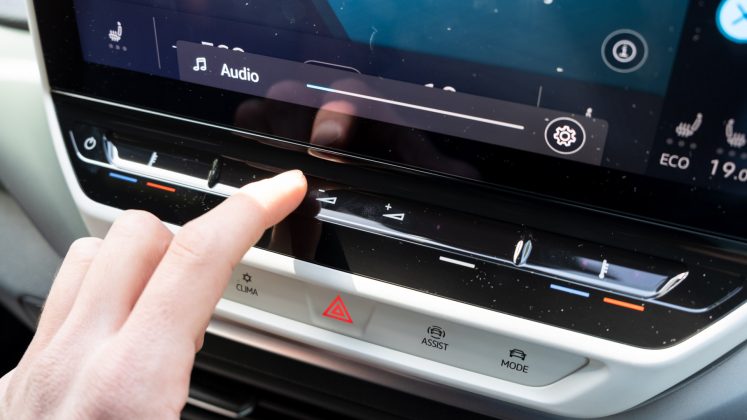
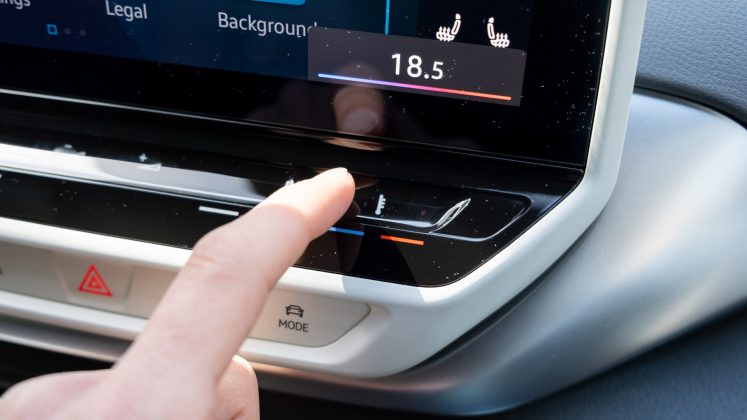
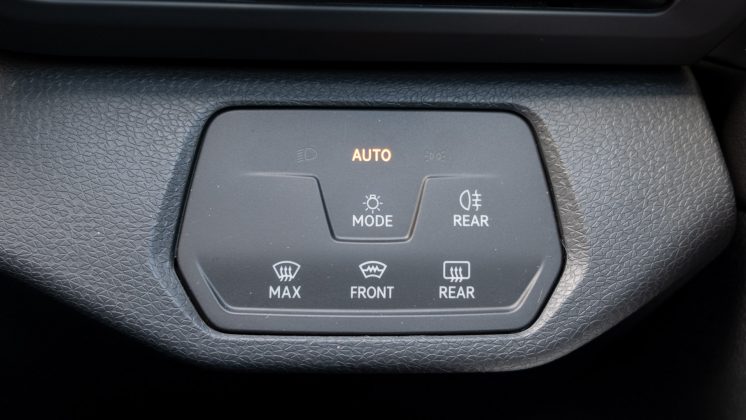
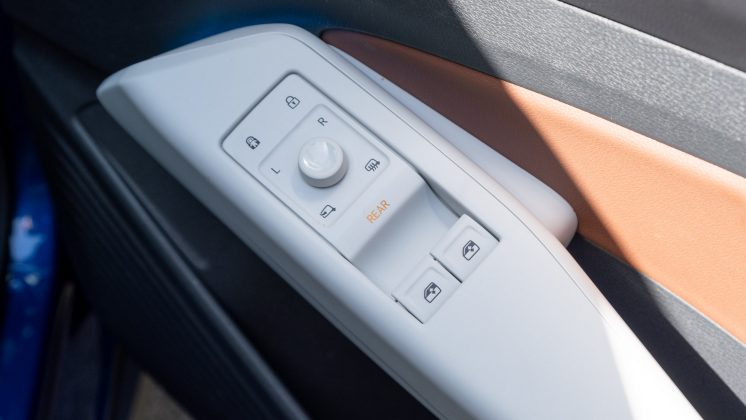
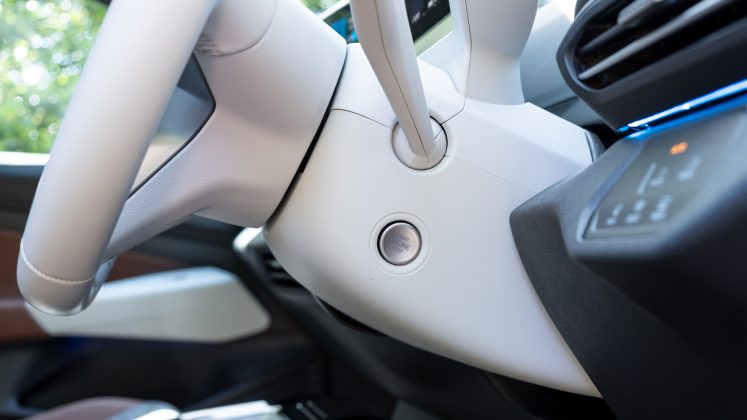
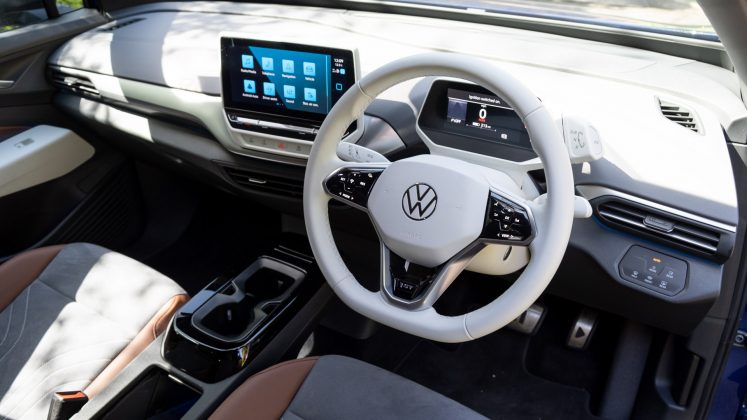
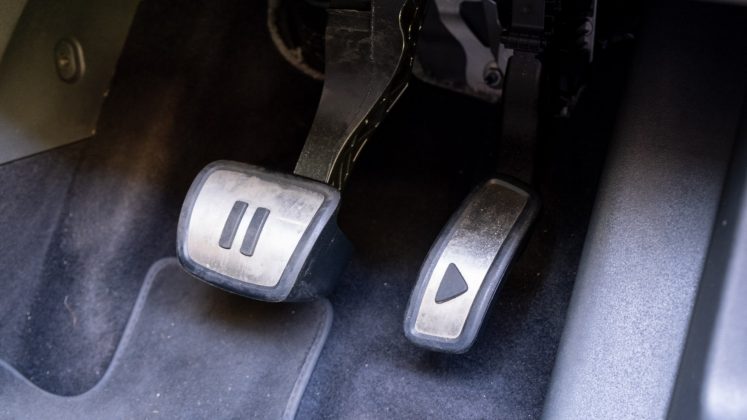
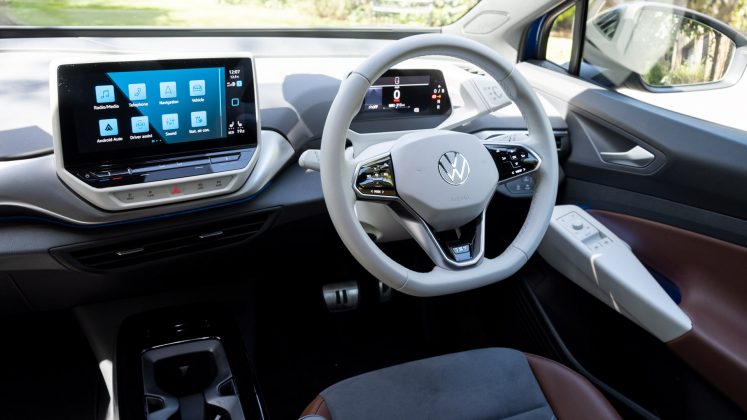
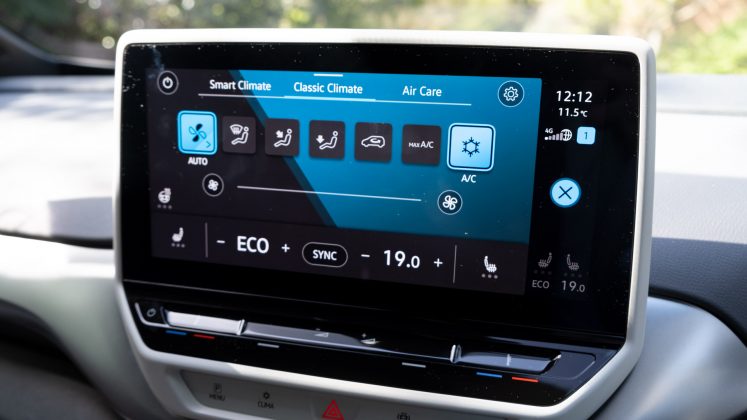
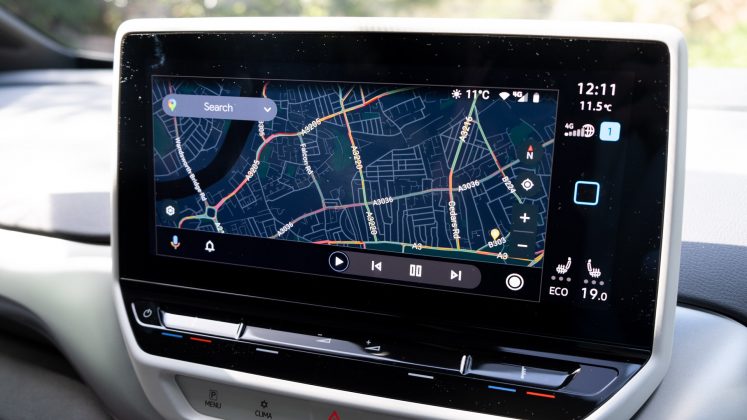
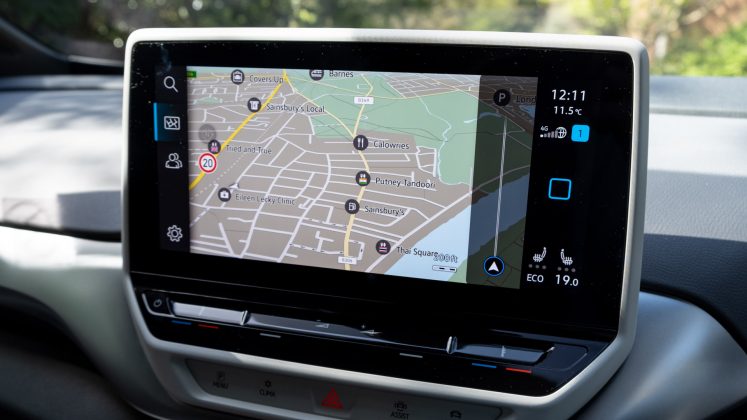
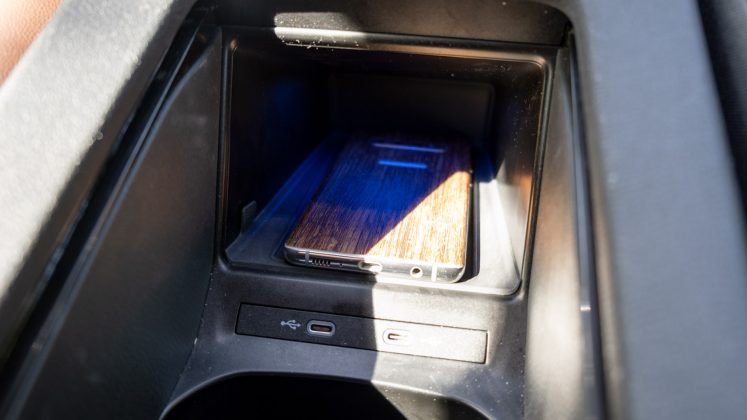
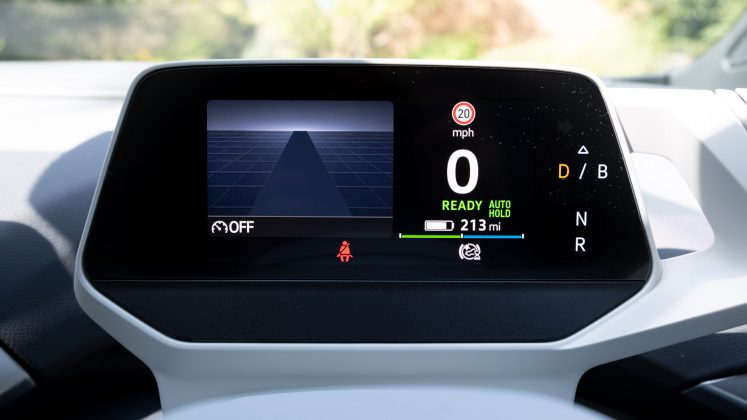
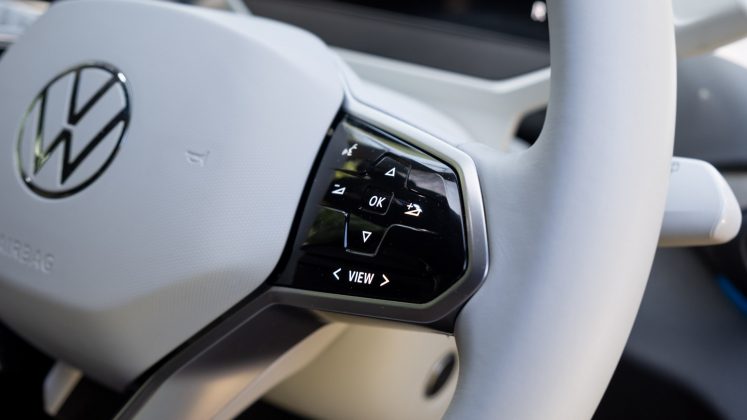
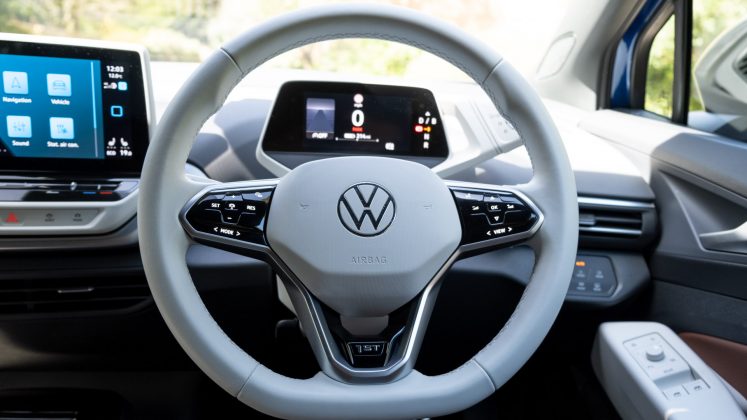
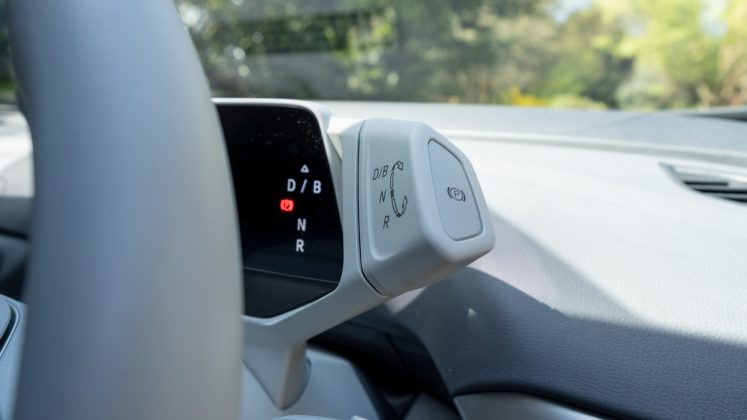
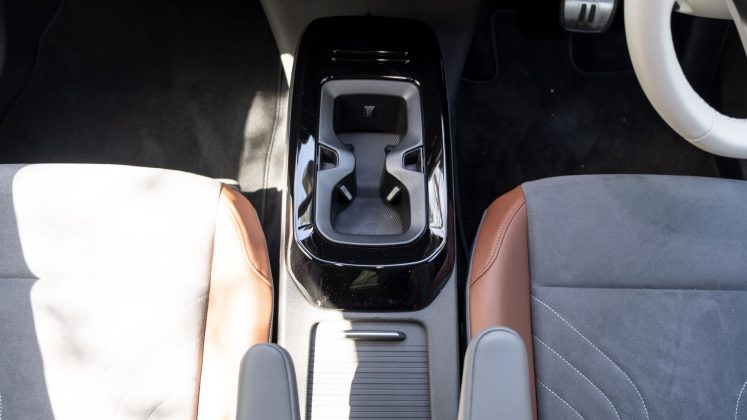
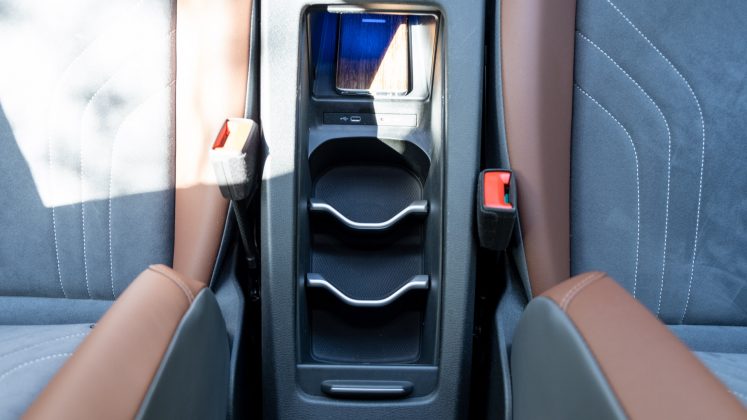
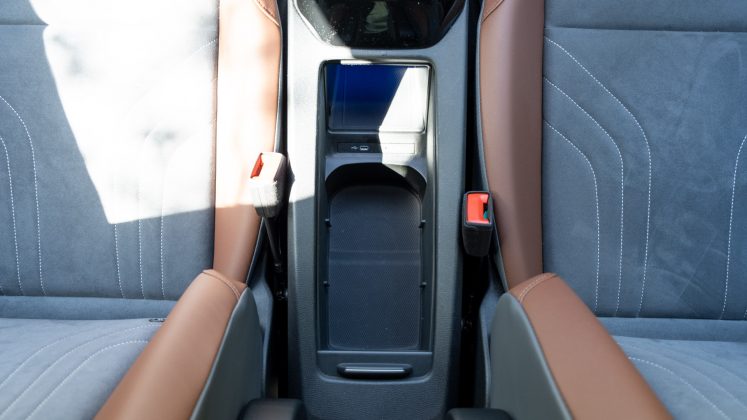
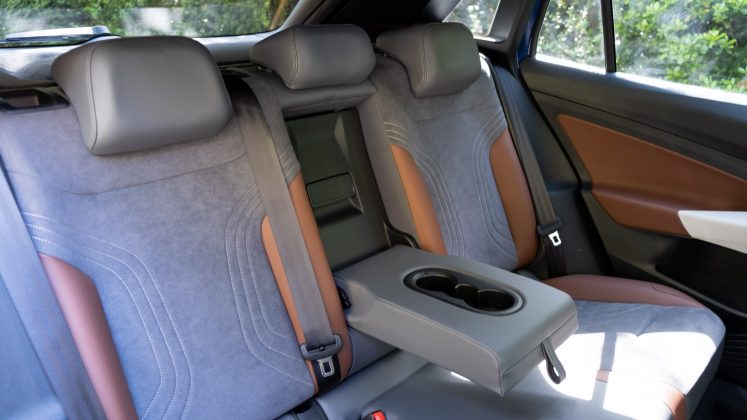
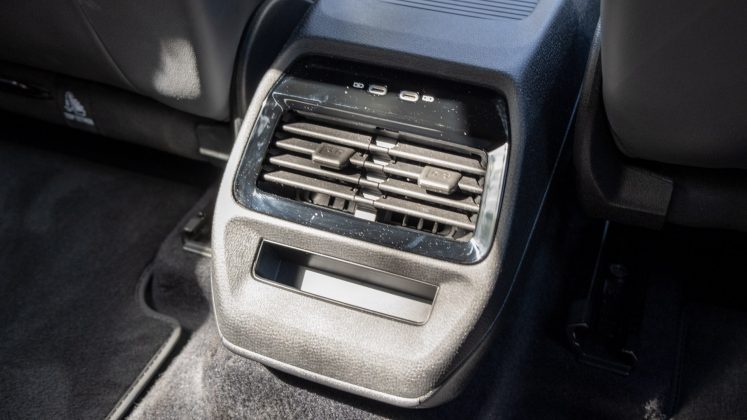
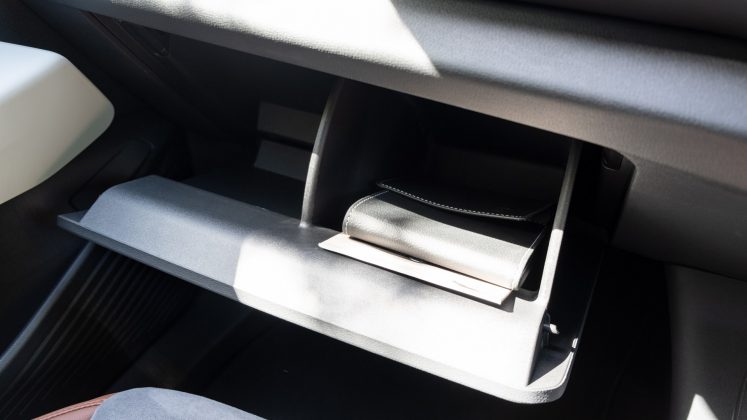
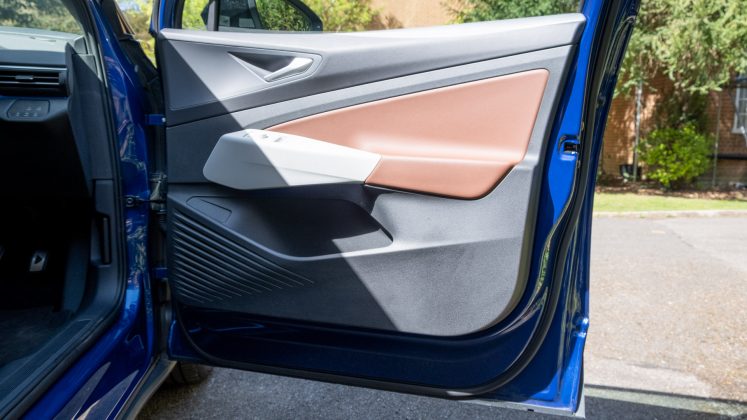
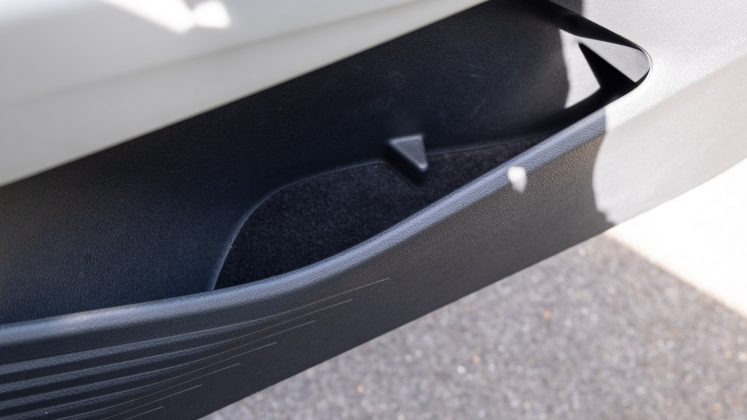
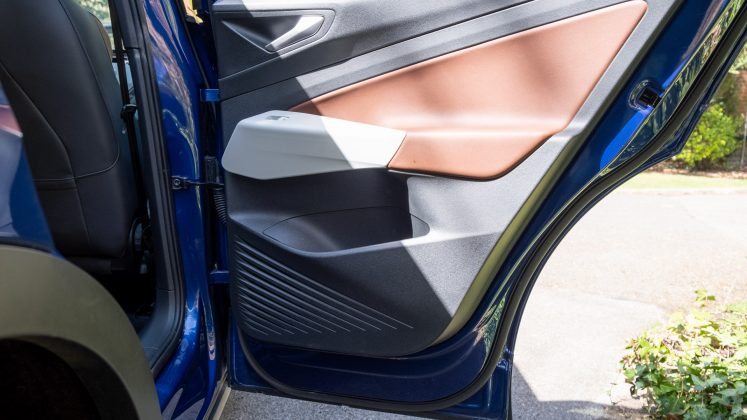
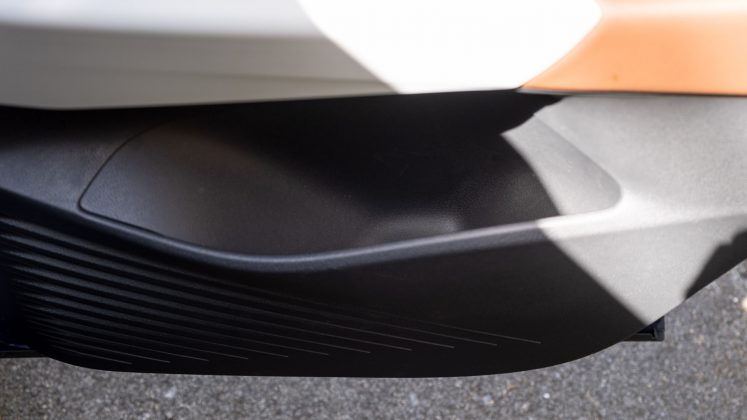
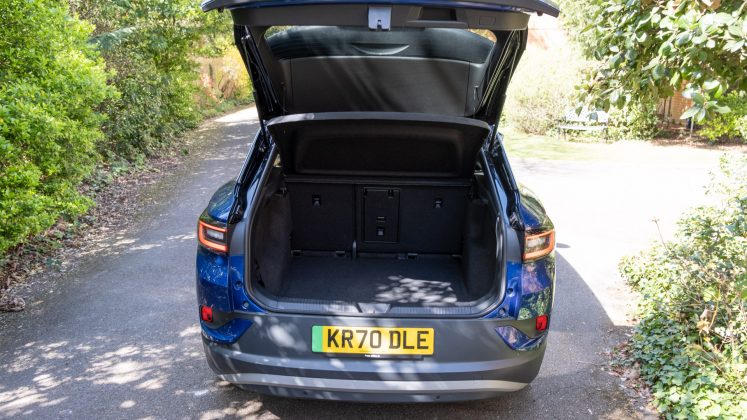
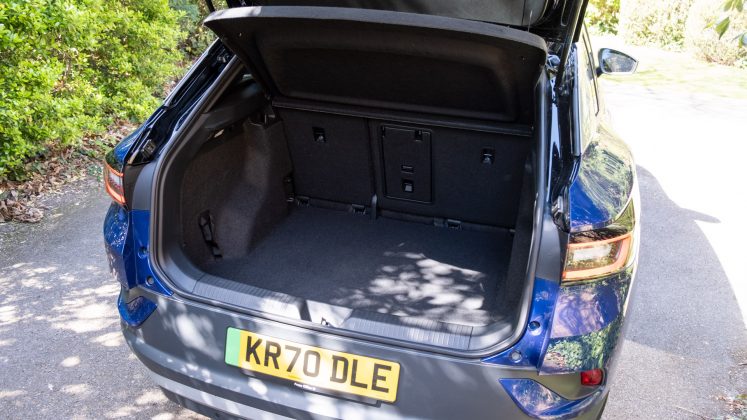
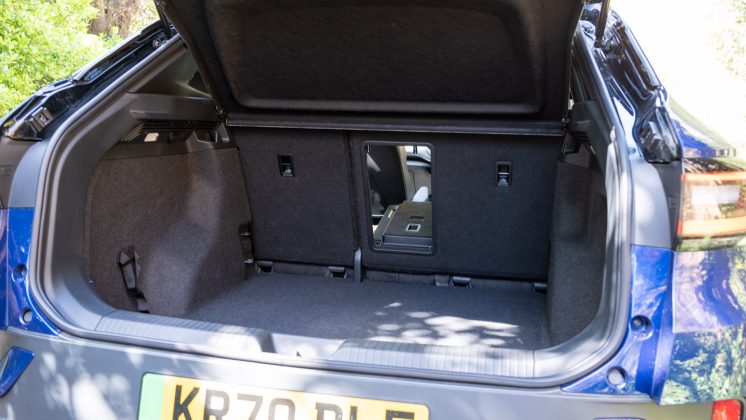
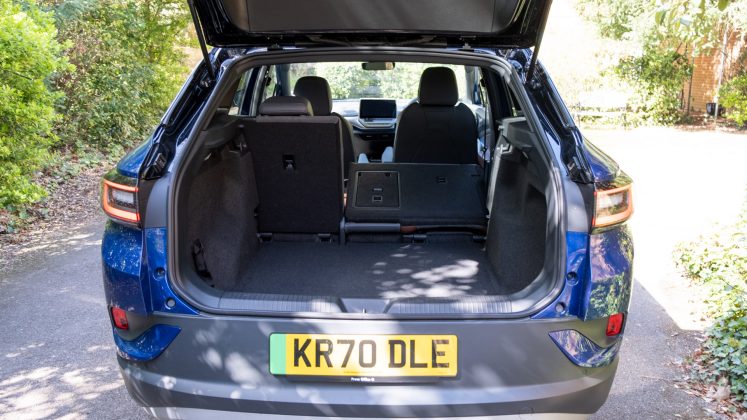
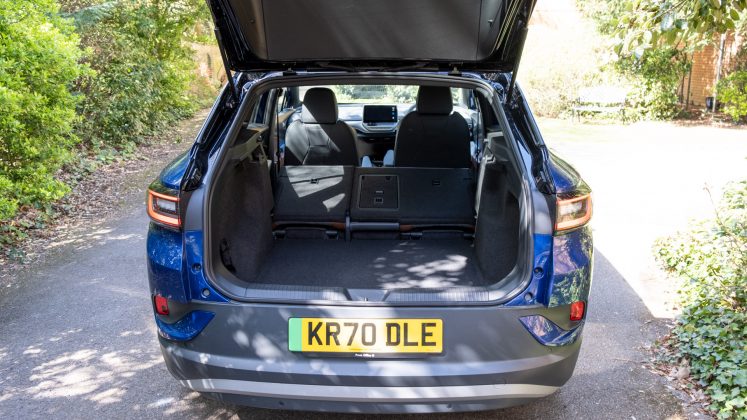
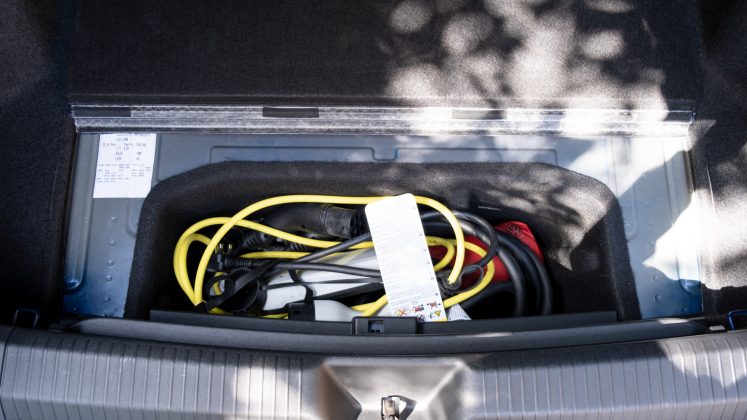
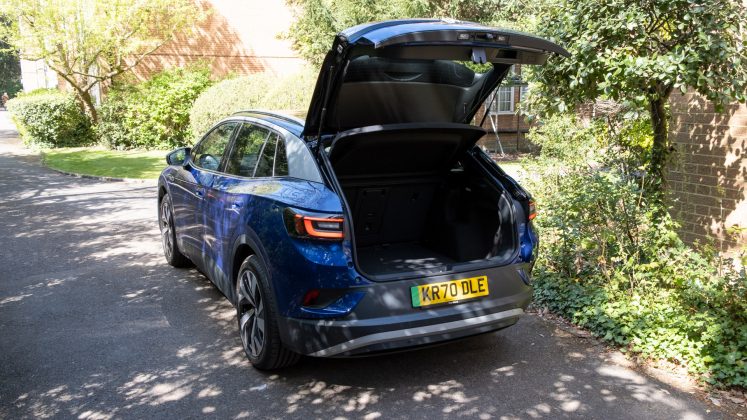
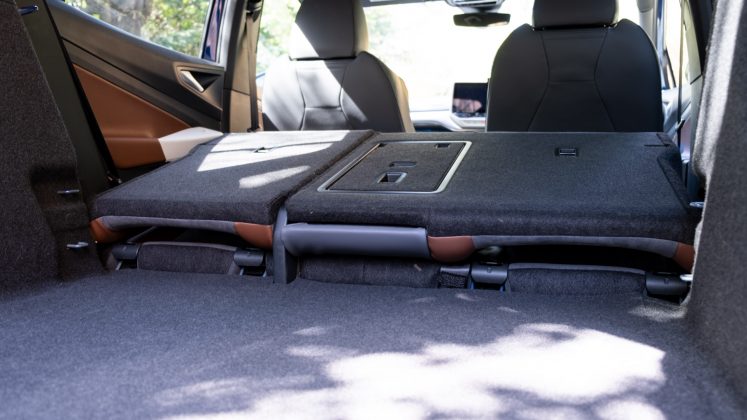
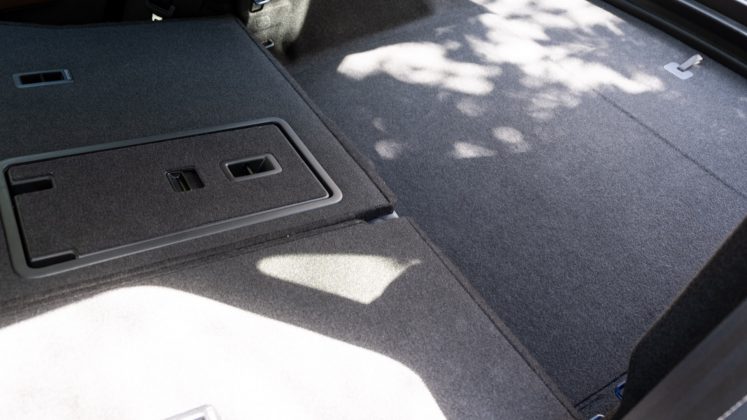
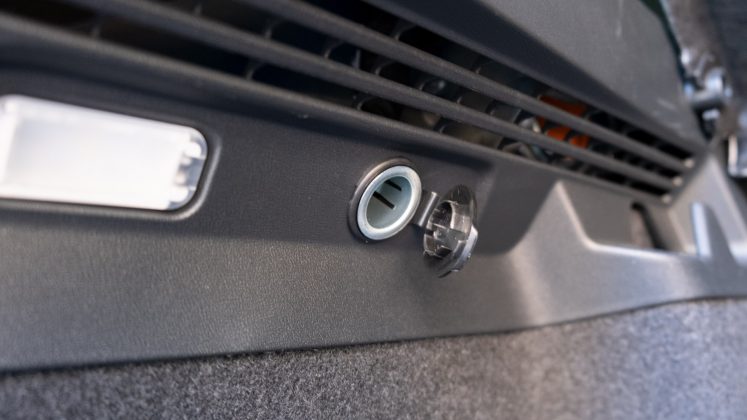
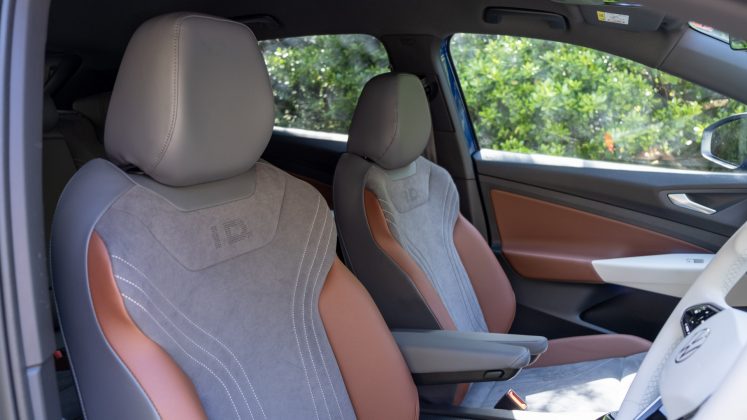
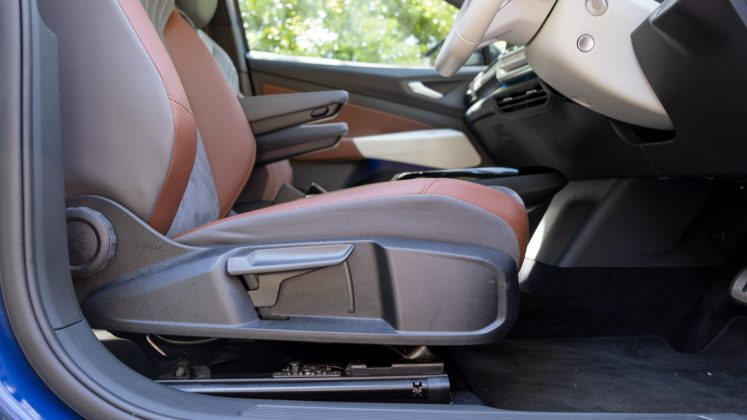
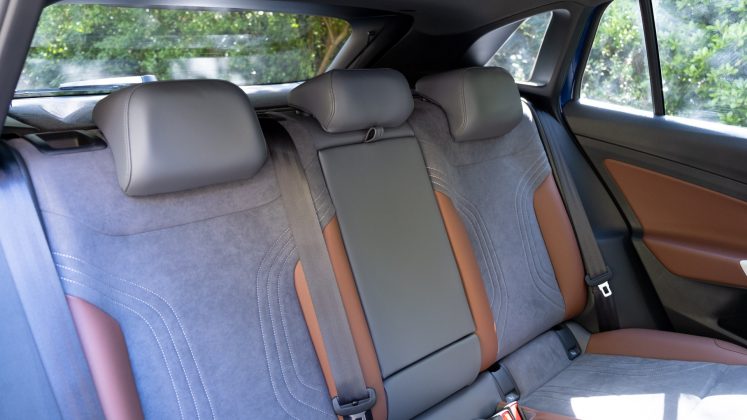
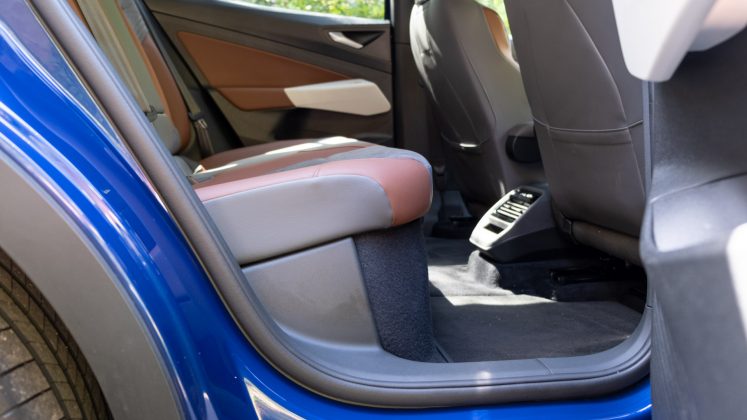
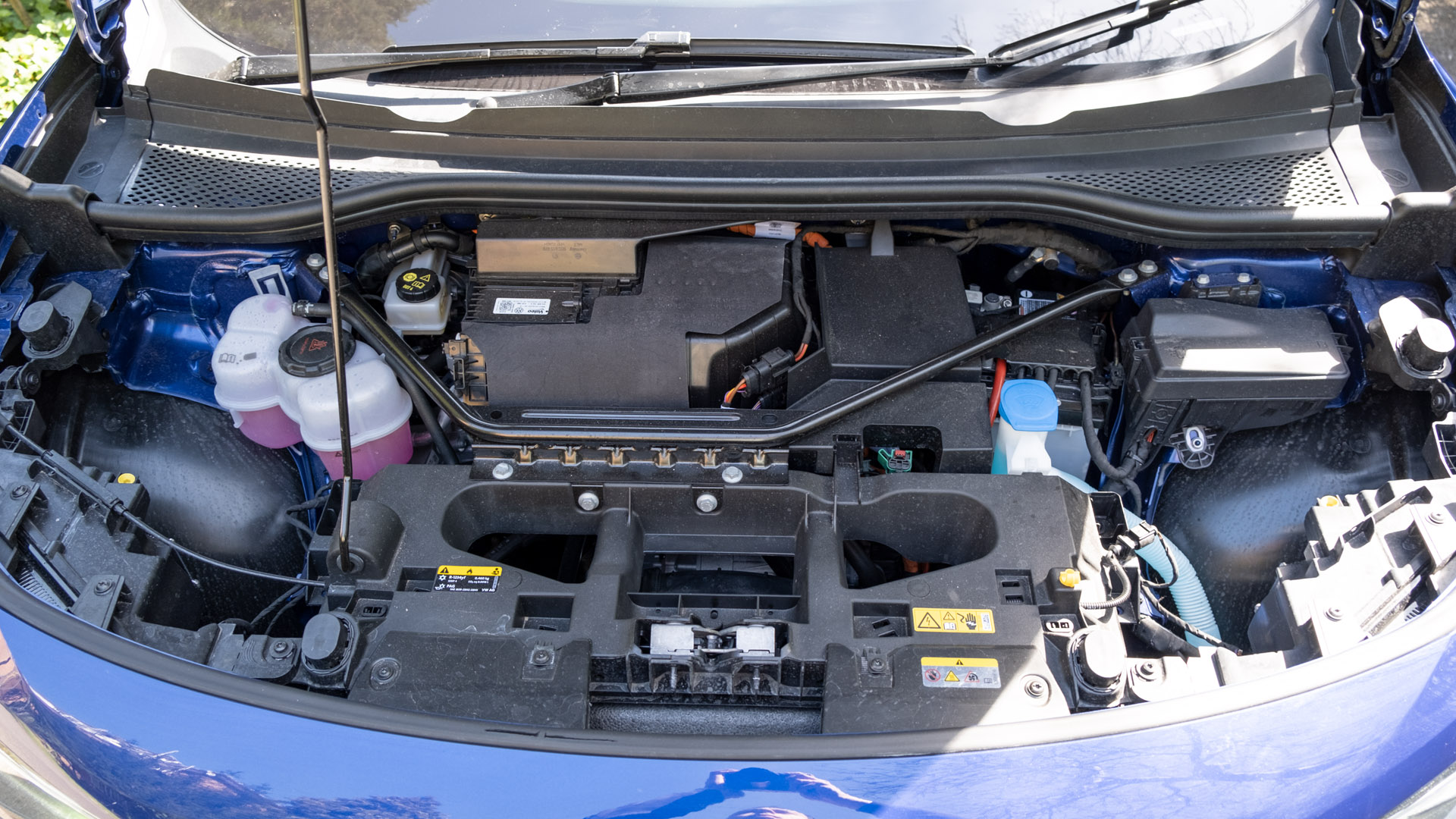

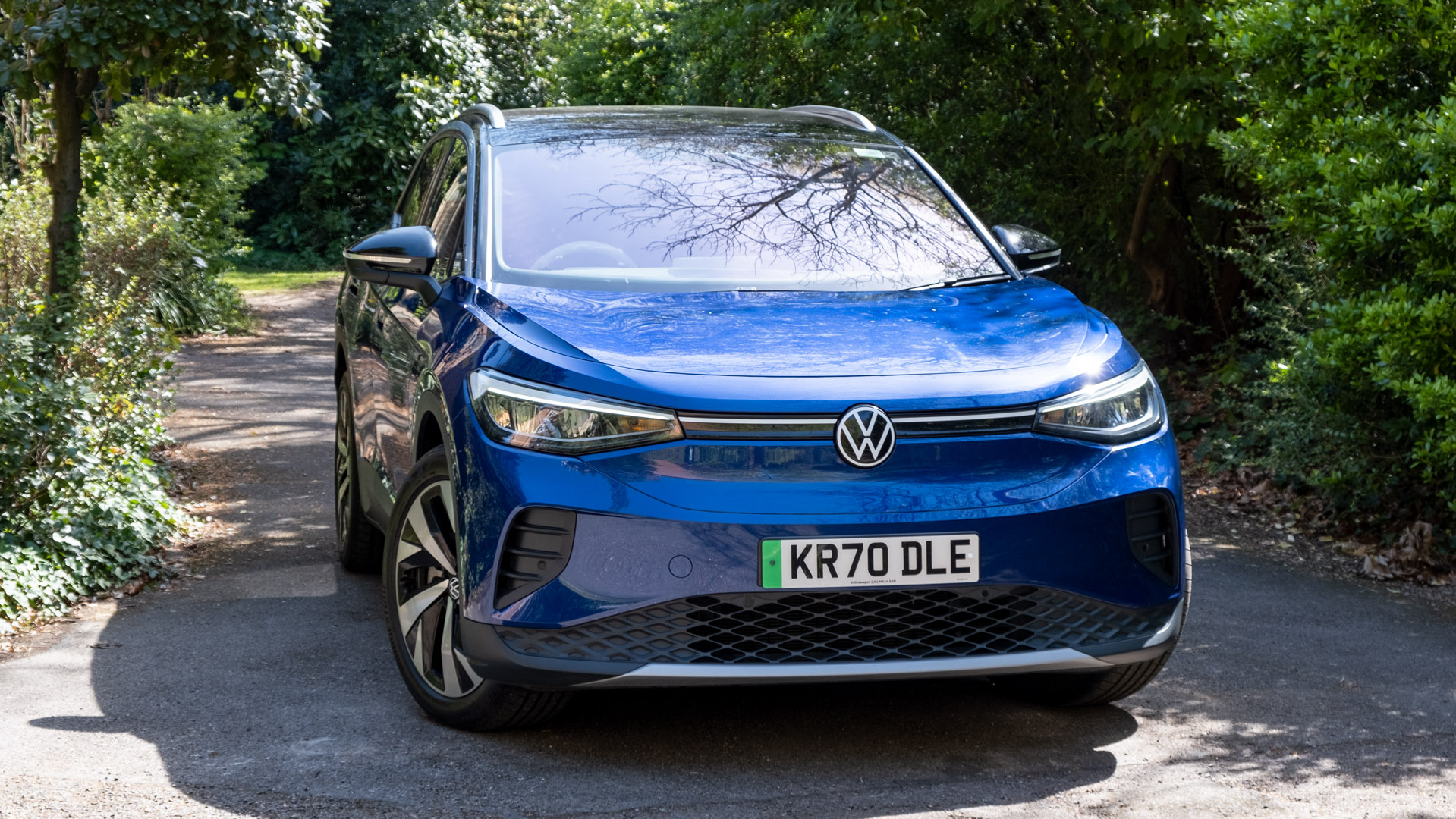
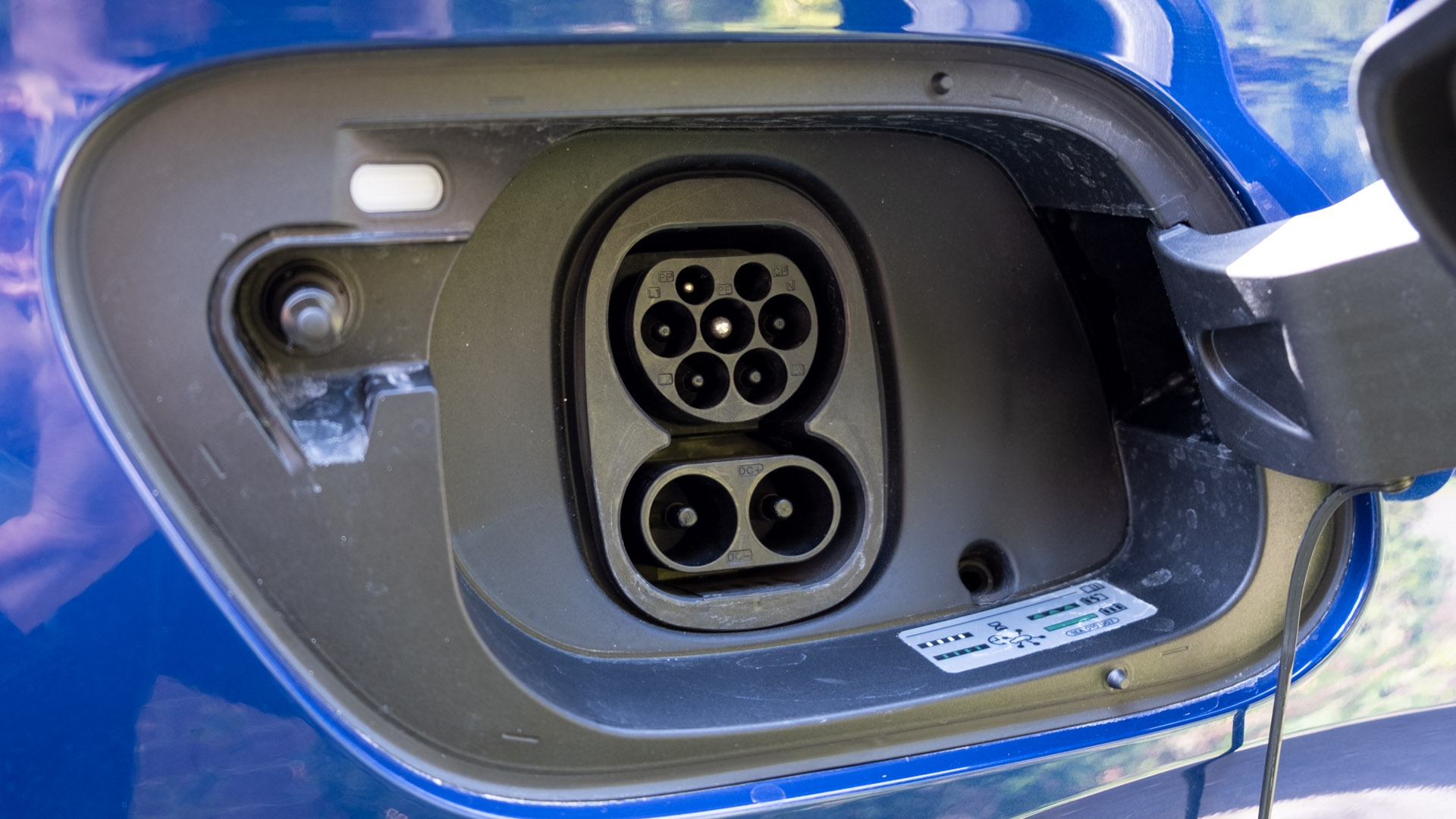
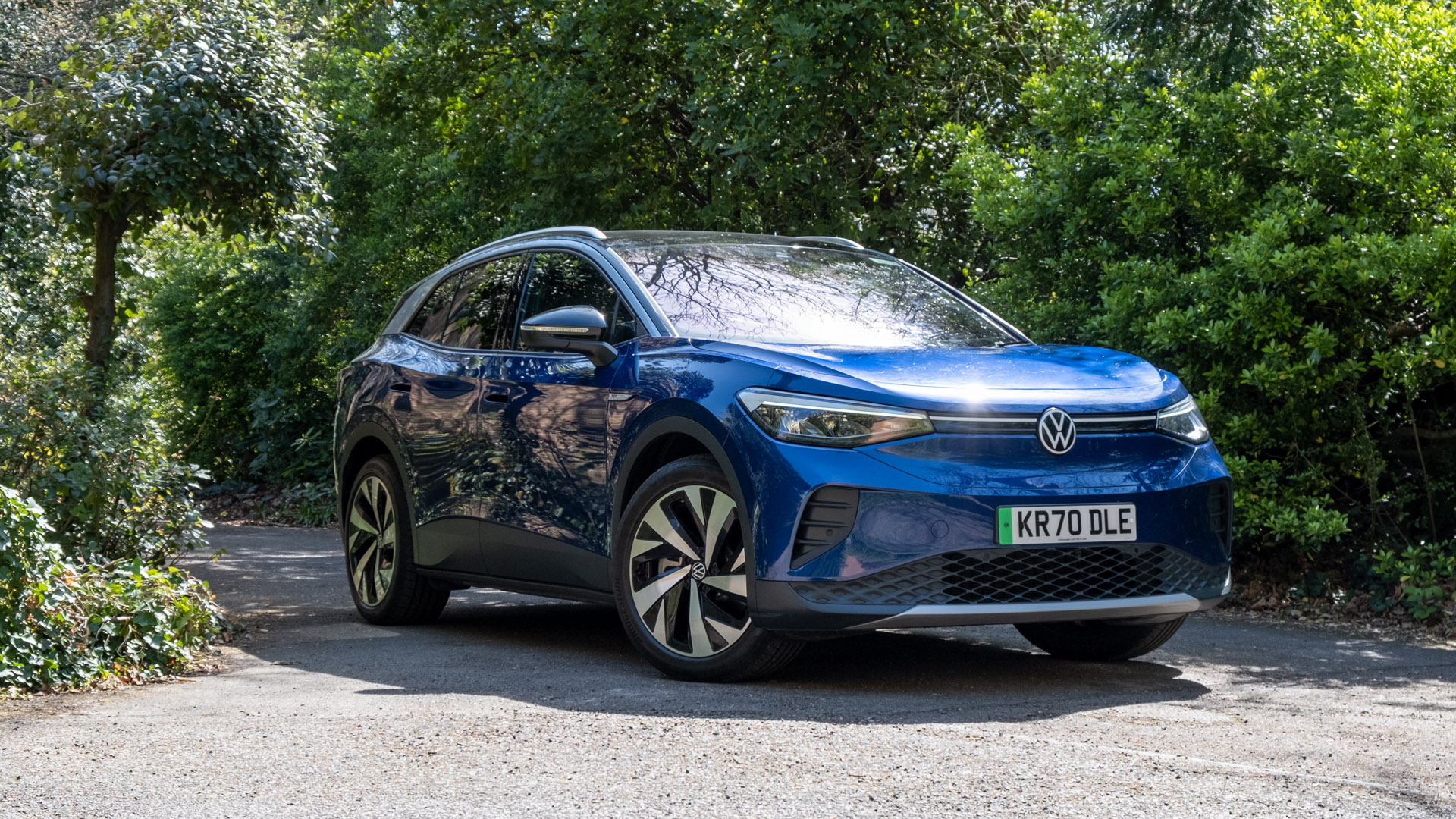
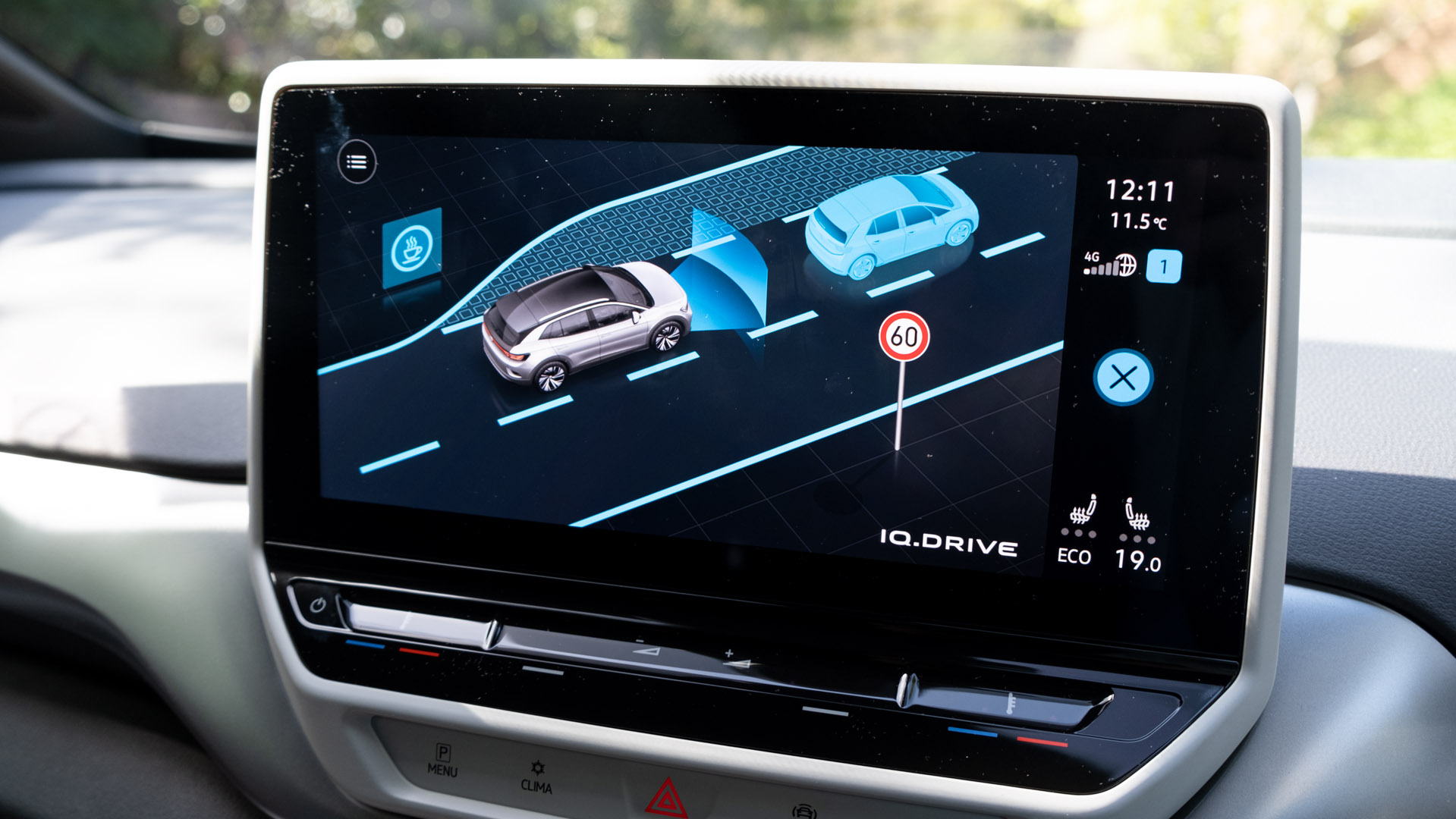
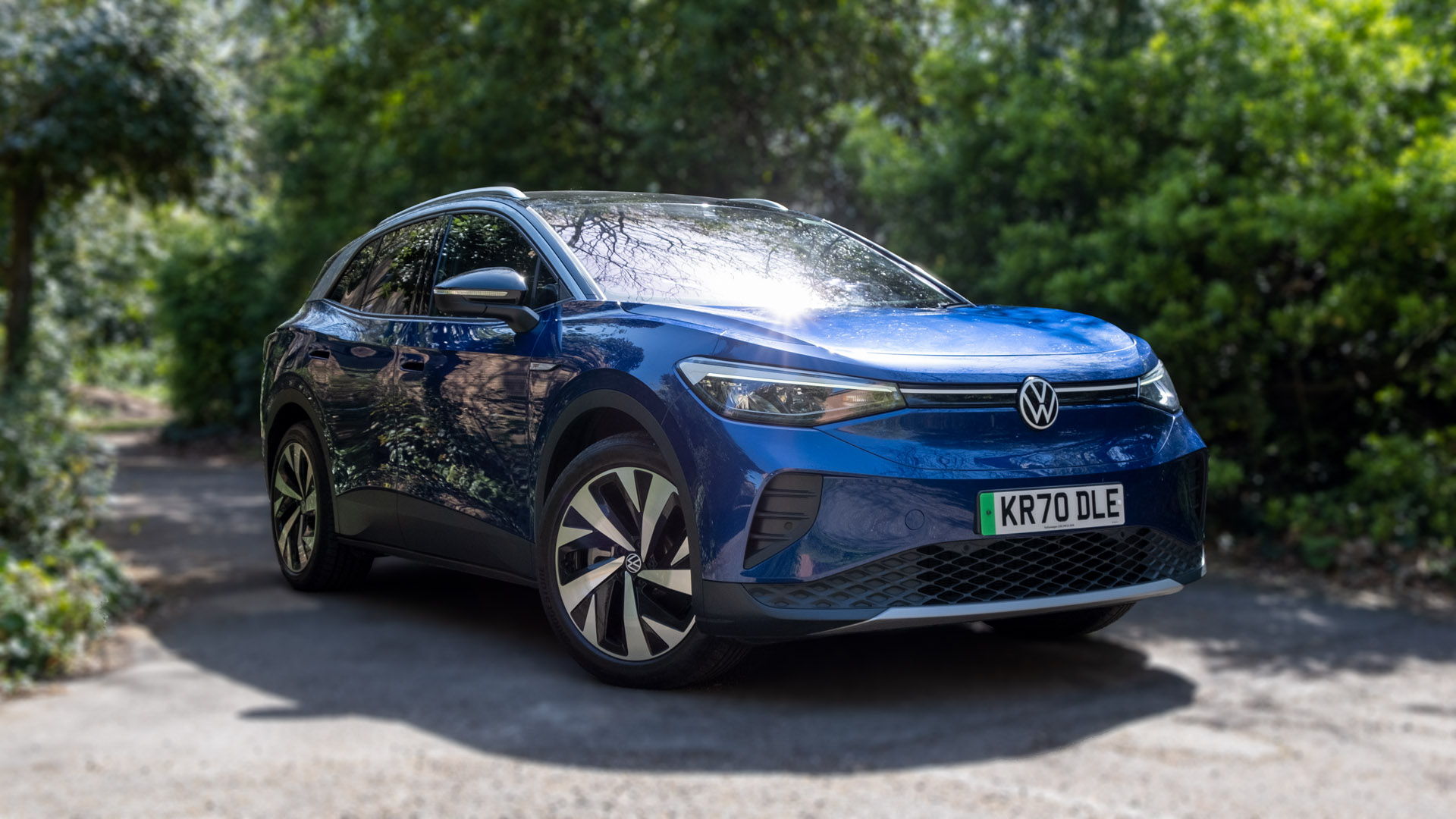




wow cool car omg